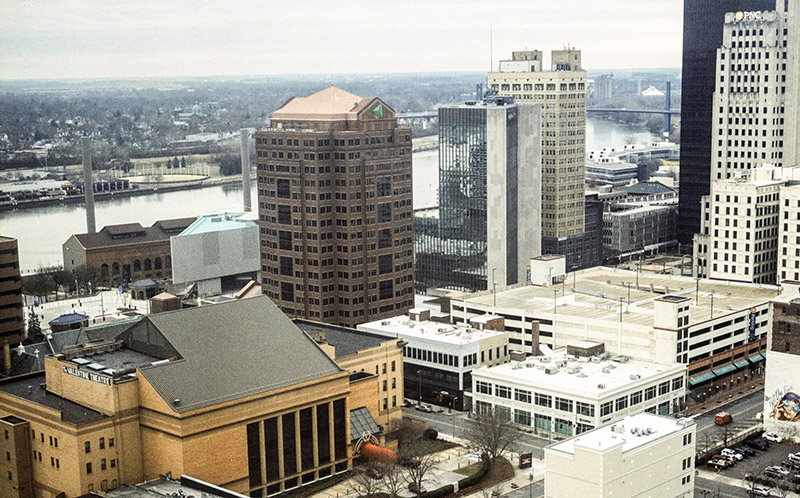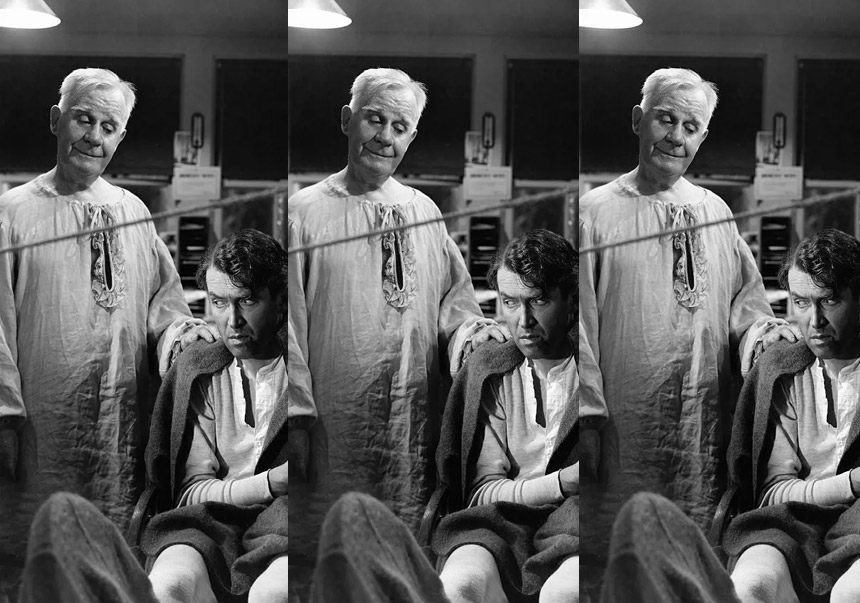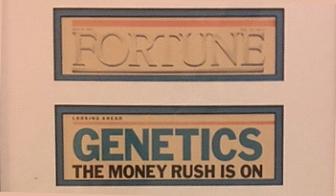Let’s Rethink This Chooses Meta J Mereday as January’s “Impact Journalist”
Let’s Rethink This Chooses Meta J Mereday as January’s “Impact Journalist”
Meta J Mereday is a Civilian First Responder, better known as a Domestic Warrior, with a family background rooted in the military with even deeper and even deeper roots in community, social and economic justice by way of advocating for veterans and other under-served constituencies. How best to bring attention to these diverse areas – and so much more – than to write about them to bring awareness and, ideally, positive change?
That predilection dates to grade school, where teachers were able to channel her creative talents and energy through writing and leading initiatives. They found they could keep her busy by supplying her with sufficient quantities of pencils and paper in addition to artistic and collaborative projects. She tutored students in her class and younger students and served as Office Assistant. This multifaceted formula continued during her years at Roosevelt Jr - Sr High School (Roosevelt, NY) where she mastered numerous activities including All County in Music, playing three musical instruments for Orchestra, Concert and Marching Bands and served as Sports Broadcaster and Editor for the Yearbook. She was named Class Speaker and Most Artistic.
While pursuing her degree at San Jose State University’s (San Jose, CA) School of Journalism and Mass Communications, she continued to freelance and incorporate her creative talents to design photo layouts and promotional pieces for aspiring publishers and local business owners. There, she refined her writing and editing and graduated with a BA in Advertising and Speech Communication. Years later the school honored her in a blog profiling her work and community service. (Editor’s Note: SJSU is my Alma Mater)
“I am cause-activated,” she says. “Injustices motivate me.” Derogatory remarks by some NFL officials while she was attending a sports event motivated her to become a member of the National Association of Black Journalists (NABJ) and to be Co-Founder of the National Black Public Relations Society, Inc. Upon her return she returned to New York, she attended Hofstra University (Hempstead, NY) to add an MBA to her profile to add to her credentials and focus on economic empowerment to “raise all boats” to potentially equally levels.
Fast-forward to 2013
We have to get here quickly to get to today’s accomplishments, saving me from having to catalog past numerous heroic efforts (For example, she became known as a 9-11 Civilian First Responder and Front Line Media Correspondent during her volunteer service at Ground Zero immediately following the attacks on September 11, 2001 and reporting onsite to various media outlets including live for a television station in in Columbia, SC.). While advocating for diverse business inclusion for the rebuild of lower Manhattan and seeing the need to build up veteran-owned businesses to create jobs for unemployed veterans; she launched VEDI, Inc (Veteran Entrepreneurial Development Initiatives) as a New York State not-for-profit to address a growing need within the Veteran Owned Business and Service Disabled Veteran Owned Business (VOB/SDVOBs) for growth and development training. VEDI, Inc has become a national resource for veteran business development and veteran community advocacy.
VEDI, Inc is a task force member of the National Veterans Business Development Council whose mission is to increase the certifications for veteran-owned businesses and to help grow their operations and create jobs to reduce veteran unemployment.
Now, let’s get back to her journalism chops. Meta was recognized by the nonprofit Military Veterans in Journalism (MVJ) recently when they selected her to be included in their Expert Directory in recognition of her longstanding involvement in reporting on veterans issues and her advocacy for veterans and their families.
Lastly, Meta’s participation with the collaboration Veteran Mission Possible (VMP) is a story in itself. Like several other “Solution Providers” that found their way to our site, she made submisstions to an initiative launched by the VA entitled Mission Possible to see if she could secure a share of the $25M in grant funding. There were 1,370 competitors (VMP was one of them). She (and we) were not among the 40 chosen. However, when she discovered that VMP had started a community to give people “a second chance to make a first impression,” she came right to our doorstep. And, discovered that we were/are a key affiliate of MVJ. Having yet another opportunity to showcase her talents to uplift proactive solutions to combat the issues impacting our veterans and their families – and our nation as a whole – was right where she needed to be.
How could we not select her?










